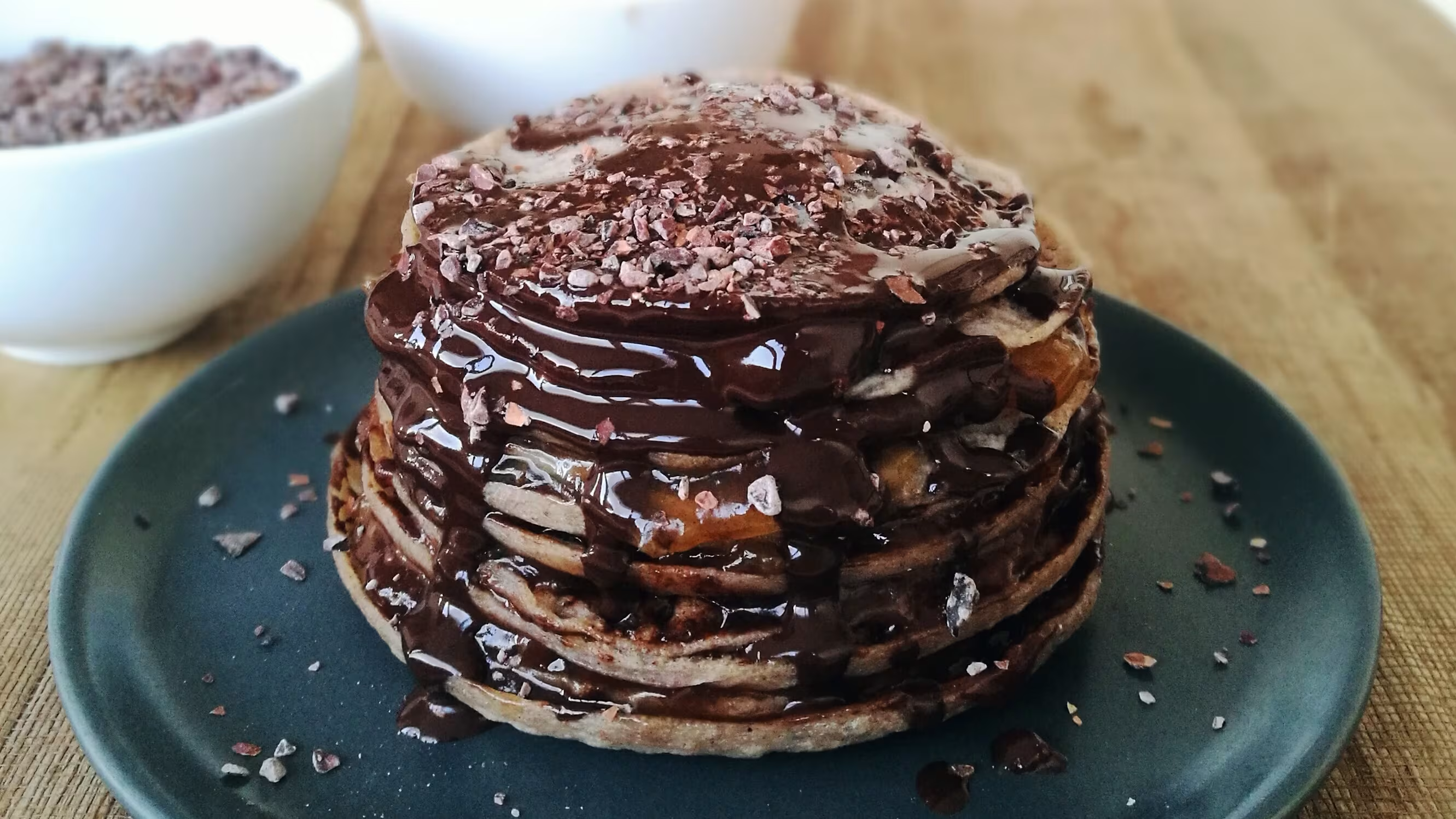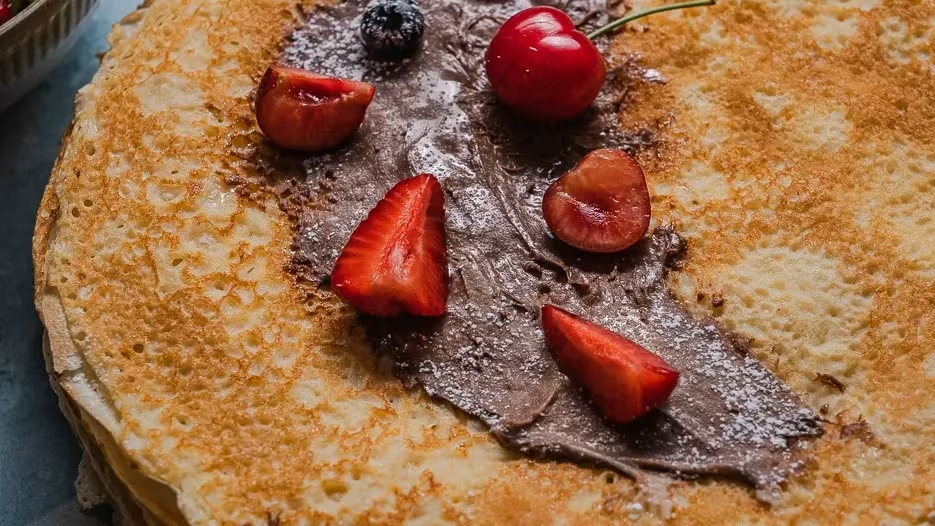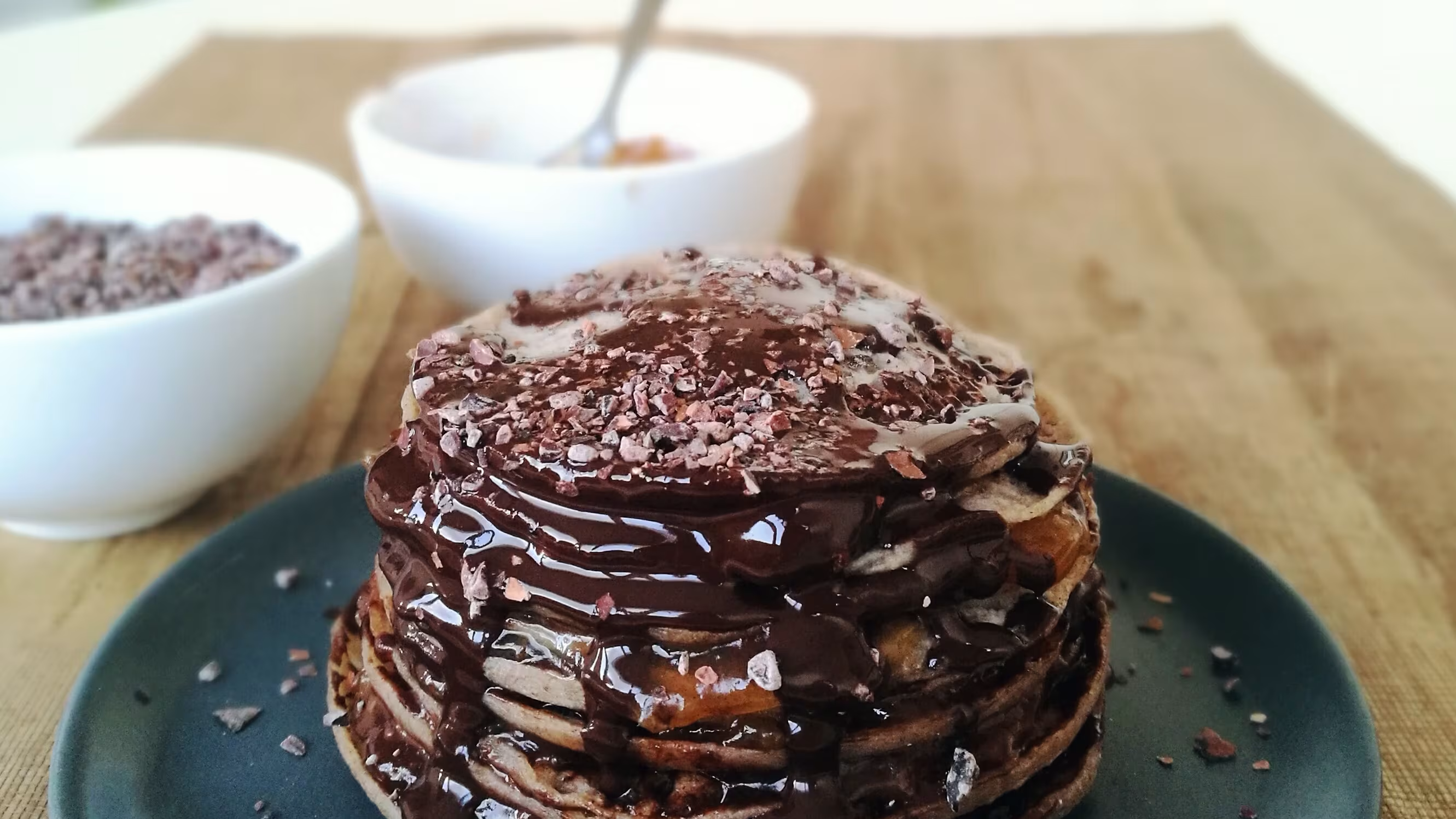
Deliciously Easy Palacinke Recipe: Perfect Crepes for Any Occasion
Written by Jessica Lopez
Published at 09-12-2023
Edited on 04/07/2025 | 12:01 PM
Dessert RecipesCourse: Dessert
Cuisine: Eastern European
Difficulty: Easy
Servings
4-6 servings
Prep Time
20 minutes
Cooking Time
30 minutes
Total Time
50 minutes
Fat
10g
Protein
6g
Carbs
40g
Calories
300 kcal
If you’re in search of a delightful treat that’s both versatile and easy to prepare, look no further than the classic palacinke recipe! Originating from Central and Eastern Europe, palacinke are thin, delicate pancakes that can be filled with a variety of sweet or savory fillings. Whether you’re looking to impress guests at a brunch, satisfy your sweet tooth with dessert, or whip up a quick snack for the family, palacinke offer endless possibilities. These delightful crepes are quick to make and can be customized to suit your taste preferences.
Imagine a warm, golden brown pancake filled with creamy Nutella, fresh fruits, or a rich cheese mixture, all topped with a drizzle of chocolate or a dusting of powdered sugar. The best part? Palacinke can be enjoyed for breakfast, lunch, or dinner! Plus, they are perfect for any occasion, from festive celebrations to cozy family dinners. In this recipe, we’ll guide you step-by-step on how to make the perfect palacinke, ensuring they come out light and fluffy every time.
With just a few basic ingredients and a hot skillet, you’ll be flipping your way to deliciousness in no time. So, roll up your sleeves and get ready to impress your friends and family with this delightful dish that’s sure to become a staple in your kitchen. Let’s dive into the wonderful world of palacinke and discover the joy of creating mouthwatering crepes from scratch!.


